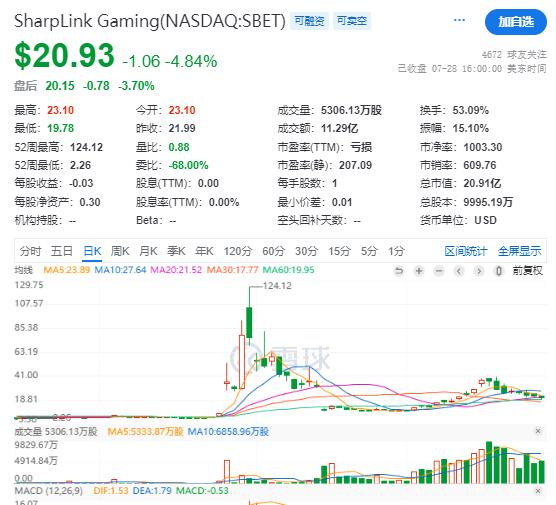The transparency in regulations is creating conditions for banks, asset managers, and cryptocurrency companies to develop new stablecoin products.
Clear regulations help increase legal validity, attract investment, and promote innovation in the stablecoin field, thereby expanding diverse solutions for the cryptocurrency financial market.
- Legal transparency promotes the development of new stablecoin products.
- Banks and asset managers are beginning to actively participate in the cryptocurrency market.
- Stablecoins are increasingly widely accepted in the digital financial ecosystem.
How are regulations on stablecoins changing?
Transparent and clear regulations help reduce legal risks and build a solid foundation for financial institutions to develop stablecoins.
Regulatory agencies worldwide are continuously publishing specific guidelines, thereby creating trust for banks and investors to participate in stablecoin product development. For example, the 2023 Bank for International Settlements report shows that these mechanisms can promote stability and growth of the global payment network.
Clear regulations are a key factor that can help expand the stablecoin market safely and effectively.
Representative of the Bank for International Settlements, 2023
What role do banks and asset managers play in the stablecoin market?
Banks and asset managers are shifting investment and developing stablecoin products to leverage stability and liquidation advantages.
This move not only brings more trust to users but also contributes to enriching the digital financial ecosystem. According to McKinsey's 2024 statistics, over 60% of major global banks are researching or testing stablecoin issuance to support international transactions and minimize payment costs.
The participation of reputable financial institutions will enhance the standards and reliability of stablecoins in the global market.
Jamie Dimon, CEO of JPMorgan, 2024
How are stablecoins currently being applied and developed?
Stablecoins are increasingly becoming a popular financial intermediary in cryptocurrency transactions and digital payments.
The development of new stablecoins focuses on transparency, safety, and interoperability with traditional banking systems. The 2024 Chainalysis report emphasizes that the total market capitalization of stablecoins has increased by over 120% in the past three years, showing sustainable growth and increasing market demand.
Frequently Asked Questions about Stablecoins
What are stablecoins?
Stablecoins are cryptocurrencies with stable prices, typically pegged to real assets like USD or gold, helping to reduce volatility compared to traditional cryptocurrencies.
Why is transparent regulation important for stablecoins?
Clear regulations help increase legal validity and investor confidence, thereby promoting the development and widespread application of stablecoins.
How do banks participate in the stablecoin market?
Banks develop stablecoins to improve international payments, reduce costs, and increase security in digital financial transactions.
What is the current growth rate of the stablecoin market?
The total market capitalization of stablecoins has increased by over 120% in the past three years, reflecting growing demand and acceptance from users and organizations.
What are the common applications of stablecoins?
Stablecoins are often used as payment intermediaries, value storage, and in DeFi to minimize price volatility risks.







